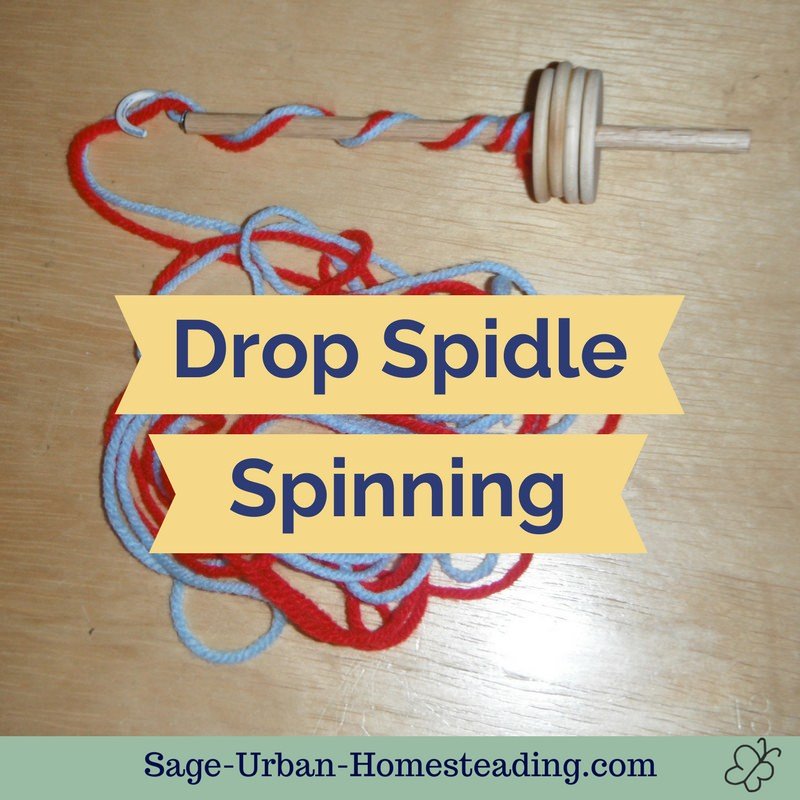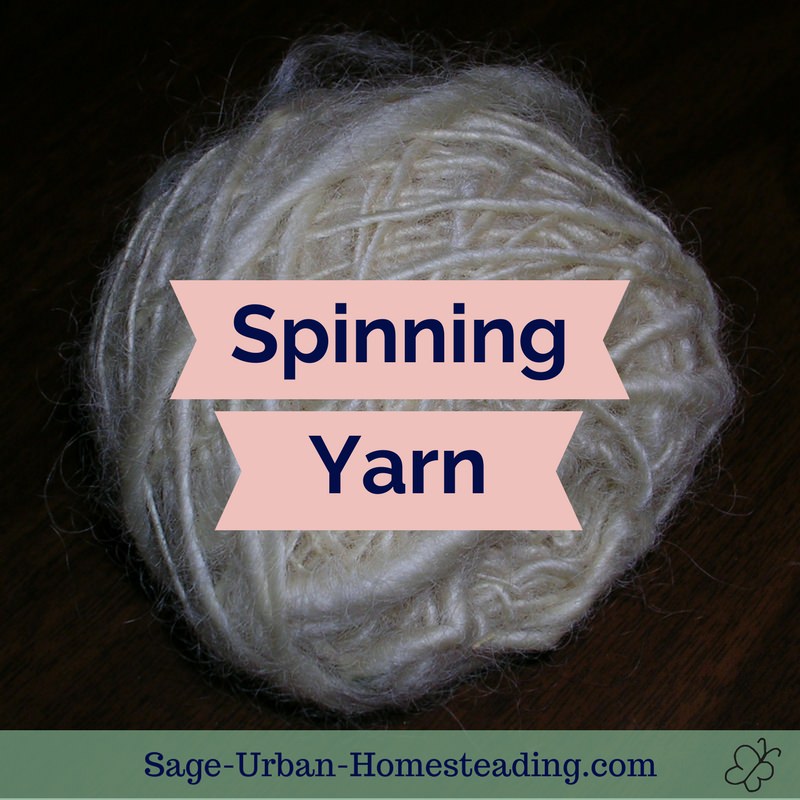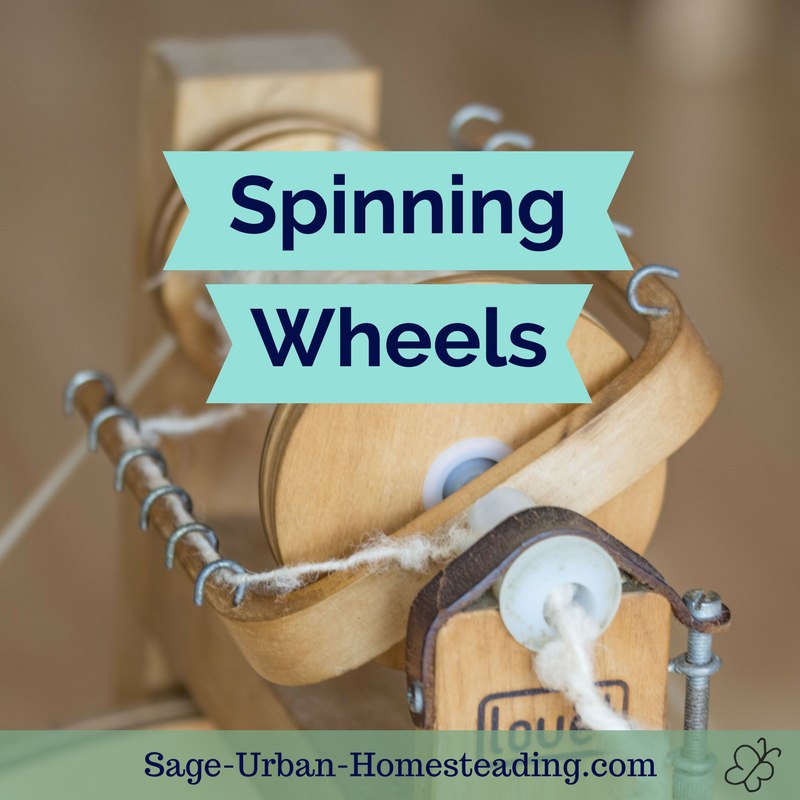FYI: I earn a small commission from some links and advertisements.
Drop Spindle Spinning
The most appealing feature of drop spindles is the portability. If you want to be able to walk around outside as you spin like the Inca have for centuries, use a low-whorl spindle.
Spindles are an ancient tool used around the world in a variety of cultures for spindle spinning a variety of fibers.
It's amazing that all fabric began this way for thousands of years. Every bit of cloth started with someone spinning it into yarn or thread by hand using a spindle.
We tend to take things like cloth for granted now that we have machinery to make the process faster.
Think about it: Famous historical figures like Cleopatra, Jesus, Charlemagne, and even Columbus all wore clothing that began handspun on a spindle.
Types of Spindles for Spinning
The two types function the same way by twisting the fiber into yarn. The difference is in how they are operated.
- Suspended or Drop Spindle
- The yarn fiber must be able to bear weight. These are very portable and can be used with one hand.
- Supported Spindle
- These require using two hands with one hand placed on the spindle and the other used to draft. This technique can produce fluffier yarns.
There are also some variations in drop spindle types depending on where the whorl is placed.
Suspended Spindle Types
They all basically consist of a shaft with a round whorl to add weight and a notch or small hook at the top to guide the yarn.
- Low-whorl
- The whorl adds weight at the bottom of the shaft. These are more stable and have been more popular over the centuries in many countries using almost all types of fiber.
- Mid-whorl
- These have the weight in the middle and have origins in Southeast Asia and Africa.
- High-whorl
- With the weight at the top, these are better for spinning long staple fibers, as they were used for in Scandinavian countries; however, they were also used for spinning cotton in Africa.
Some suspended spindles can also be used as supported spindles. This type has a point on the bottom that can rest against a surface to release some of the weight.
How to Make a Drop Spindle
You can make your own spindle and recycle old CD discs using this .pdf pattern from Worldinaspin.
Note that this pattern says to put the CD whorl near the top, but beginners will have an easier time if you put it near the bottom. That makes the spindle more stable and easy to balance.
We actually ended up making this mini drop spindle for kids from Hellowonderful which as a bottom whorl. (See it in the title photo on this page.)
You need to learn to manage the weight and momentum so that the fibers spin the way you want them to go and at a steady speed.
With some practice, spindle spinning can be done with one hand, so you can easily take it with you while you go for walks or do other tasks!
How to Use a Drop Spindle
Here I describe how using a spindle is different and how to control it. Please see the pages on spinning wool or how to use a spinning wheel for a more thorough understanding of the whole process.
- Attach a leader yarn to the spindle to get started: Use 1 yard folded in half, secured to the shaft with a lark's head knot, and wrapped around it.
- Leave 8-12 inches of space to work between the spindle and your hand.
- Start the spinning motion by flicking it between your fingers as if you were going to snap them or if seated, roll it against your thigh with an open palm.
- If the yarn keeps breaking, the spindle might be too heavy or you might need to adjust the amount yarn twist.
- If the yarn is too thick or the spindle is too light, it might stop spinning too soon or backspin.
- Once the spun length reaches the floor or becomes uncomfortable, stop and wind it onto the spindle.
- Yarn does not have to be wound right next to the whorl and should go in an X pattern.
Efficiency of a Spindle
Spindles are still as fast as or faster than a wheel for spinning strong, fine yarns, but they require more training and skill. Spinning wheels can produce good results with less study in form and technique, so they became popular as a way to use cheaper unskilled labor.
To study spindle spinning is to study world cultures. I would love to learn more about the different types and the places they come from!










